What are the Responsible Seafood Innovation Awards?
The Responsible Seafood Innovation Awards recognize individuals and organizations finding new solutions to the challenges facing seafood. The competition has two categories – aquaculture and fisheries. There are separate applications for each.
What’s an aquaculture innovation?
Examples include technologies that mitigate the occurrence of animal diseases or parasites, or that reduce or eliminate the use of antibiotics to treat animals; technologies that improve production efficiencies at the hatchery or farm levels while mitigating environmental impact; advances in offshore or land-based recirculation technologies; novel feed ingredients; reductions in carbon footprint through improved energy efficiency or regeneration; and social programs designed to improve living and working conditions at the farm or processing levels. Innovations further down the value chain, such as eco-friendly seafood packaging, are also eligible to apply.
What’s a fisheries innovation?
Examples include fishery improvement projects (FIPs); initiatives that provide small-scale fishers access to new markets; technology that reduces fisheries bycatch or minimizes the environmental impact of fishing gear or occurrence of derelict gear; technology (such as satellite and vessel monitoring) to help authorities prevent illegal, unregulated and unreported fishing; initiatives that address worker safety and wellbeing aboard fishing vessels; technology that promotes more sustainable fisheries supply chains; and initiatives that incorporate the impacts of climate change into sustainable fisheries management. Innovations further down the value chain, such as eco-friendly seafood packaging, are also eligible to apply.
Is the competition sponsored?
The 12th annual Responsible Seafood Innovation Awards are sponsored by the U.S. Soybean Export Council.
Who is eligible to apply?
Both individuals and companies performing activities related to aquaculture and wild-capture fisheries may submit applications. Third parties may also submit an application on behalf of an individual or company.
How do I apply?
Applications are open now! Visit our application page to download the application, then fill out the form to apply.
How are the finalists determined? What’s the timeline?
In the first round of judging, seven judges narrow the list of applicants for the fisheries and aquaculture categories to nine semi-finalists by July 31. The judges are a combination of GSA staff, GSA Standards Oversight Committee (SOC) members and select external stakeholders.
The six finalists (three for each category) will then be invited to attend the Responsible Seafood Summit in St Andrews, Scotland, and present their innovations during a reception on Tuesday, Oct. 22, or to submit a short (5-minute) video as a stand-in. The two winners will be announced at that time after an audience poll is conducted on site.
Who were the finalists and winners of the 2023 competition?
For 2023, the six finalists were AquaExchange Agritech Pvt Ltd., AQUIT Corp., Ava Ocean, Cresponix, ORIVO and Zeal Industries. By audience vote, the winners were AQUIT and Zeal Industries.
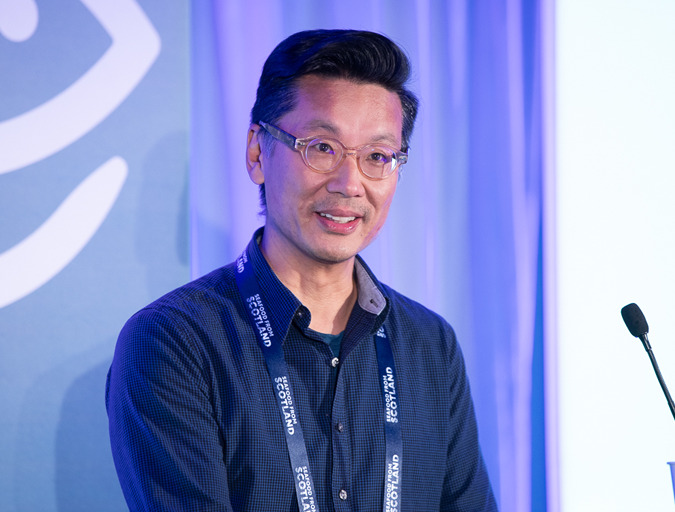
2023
Benjamin So, Zeal Industries, Hong Kong
Innovation: The safety of fishers aboard fishing vessels continues to be a big concern. Zeal Industries believes installing a “black box” on marine vessels could help tackle this concern. The device, called Uptime, transmits data to a cloud infrastructure where it’s deconstructed and stored in databases for future use. It’s part of a suite of “technologies for social impact” that the Hong Kong-based startup has developed — and their first maritime tool.
Responsible Seafood Advocate article: Uptime, a ‘black box’ to improve seafood traceability and fisher safety
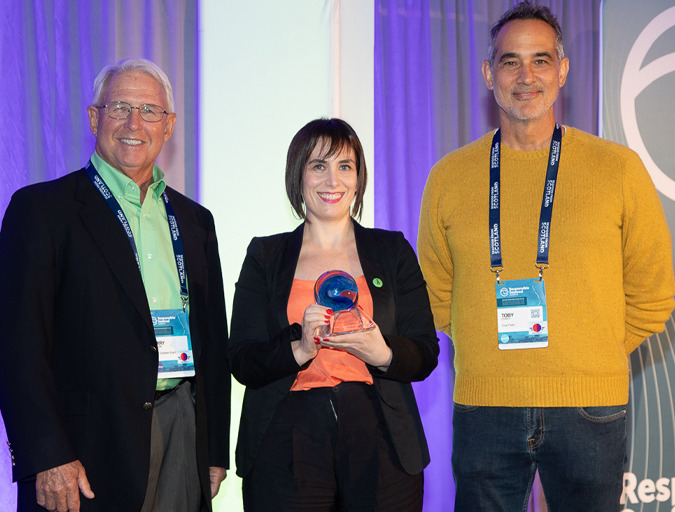
2023
Daniela Allerbon, AQUIT Corp., Chile
Innovation: Chile-based AQUIT Corporation may have a solution to a pressing challenge – managing disease in aquaculture without antibiotics. By using a key protein that naturally occurs within fish to activate a salmon’s immunity, the biotech startup has created a new tool for the salmon industry to control infections that harm fish and lower yield. The company’s dietary supplement helps prevent disease without causing the inflammatory reaction that other immunostimulants do. Pictured with Daniela Allerbon of AQUIT is Jerry Slouch of the United Soybean Board (left) and master of ceremonies and 2022 winner Toby Corey of Cruz Foam.
Responsible Seafood Advocate article: AQUIT is pressing for disease management in aquaculture without antibiotics
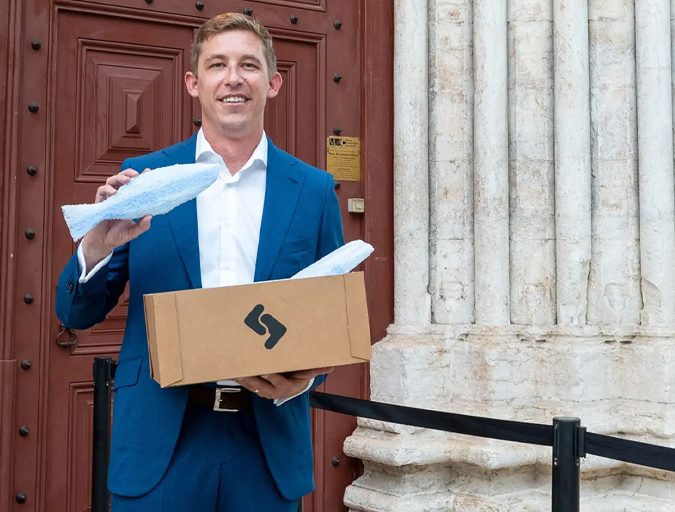
2022
John Felts, Cruz Foam, United States
Innovation: In a classic example of turning trash to treasure, Cruz Foam is converting chitin – a substance extracted from the exoskeletons of shellfish, including crab, lobster and shrimp – into a durable, biodegradable packaging for the seafood industry, as an eco-friendly alternative to expanded polystyrene, also called foamed polystyrene, EPS or Styrofoam. In doing so, the Santa Monica, Calif.-based company is offering one possible remedy to the pressing problem of ocean pollution.
Responsible Seafood Advocate article: ‘Regulation is pushing toward greenifying materials’: How one innovator is upcycling seafood waste into biodegradable packaging foam
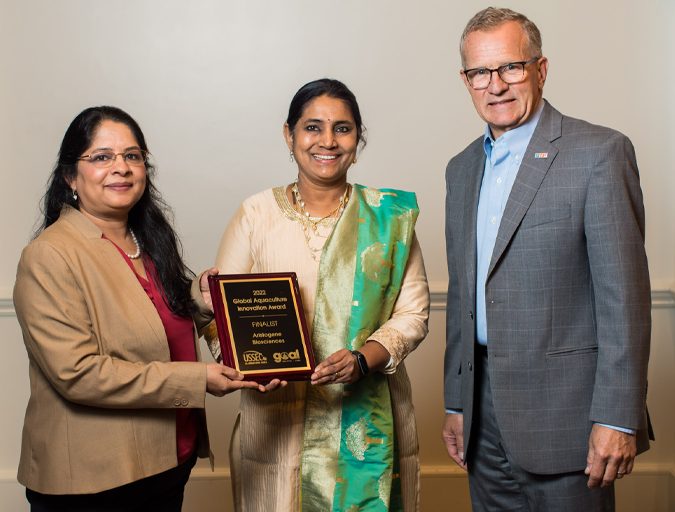
2022
Dr. C.R. Subhashini, Aristogene Biosciences, India
Innovation: A severe outbreak of white spot disease in shrimp during the 1990s was the deciding factor behind Dr. Charavarthi Rangamani Subhashini’s decision to tackle one of the most significant threats to successful shrimp farming: viral and bacterial diseases. And now, Subhashini’s ground-breaking work deploying bacteriophages to fight Vibriosis could have enormous benefit for the aquaculture industry. Pictured from left to right are Dr. C.R. Subhashini and Mrs. Sudha Lingappa of Aristogene Biosciences with Jim Sutter, CEO of the U.S. Soybean Export Council, sponsor of the 2022 competition.
Responsible Seafood Advocate article: ‘Choices are limited when searching for alternatives to antibiotics’: How one veterinarian is employing bacteriophages to fight Vibriosis in shrimp farming
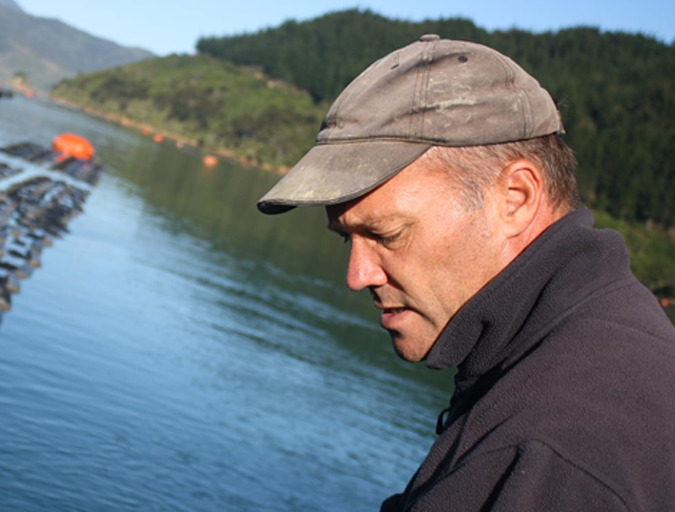
2021
Aaron Pannell, FlipFarm Systems, New Zealand
Innovation: FlipFarm Systems is a New Zealand company that developed a semi-automated method for turning oyster-growing cages over with minimal human effort. The system, in which Hexcyl Pro baskets are connected to a backbone that rolls up on the side of a harvesting vessel, saves on the backbreaking labor associated with oyster aquaculture. It also helps provide an ideal environment for oyster growth and conditioning as well as the ability to efficiently control fouling levels, pests and predators. The system is adaptable to diverse growing environments and is now used by more than 70 farmers in 12 countries worldwide.
Responsible Seafood Advocate article: New Zealand company builds a transformational, semi-automated oyster growing system that has changed what ‘working’ for the company means
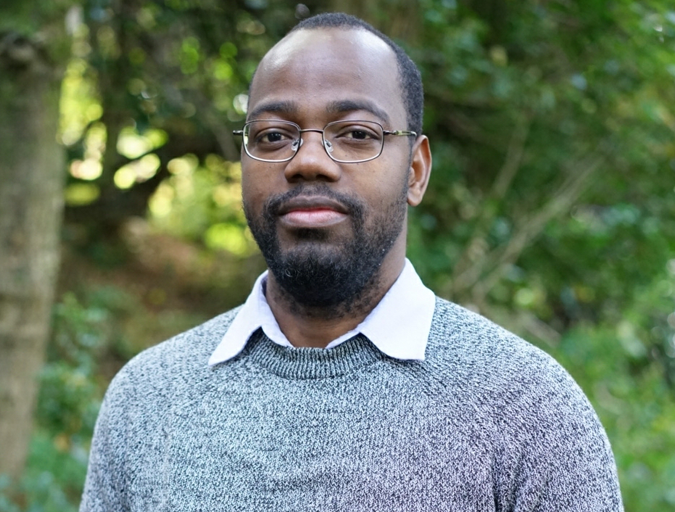
2020
Simão Zacarias, University of Stirling, Scotland
Innovation: Simão Zacarias examined the common — and, in animal-welfare circles, controversial — shrimp-hatchery practice of unilateral eyestalk ablation. His research debunked the consensus that the practice results in higher egg production and demonstrated that it actually escalates disease vulnerability. In laboratory testing, postlarvae and juveniles from non-ablated Pacific white shrimp broodstock showed higher survival rates when they were challenged with two key diseases. He, Zacarias exhibited that a similar egg production rate can be attained without resorting to eyestalk ablation by giving broodstock, in their pre-maturation stage, high quality, nutritious feed.
Sponsor: Lineage Logistics (formerly Preferred Freezer Services)
Responsible Seafood Advocate article: Researcher proves eyestalk ablation is unnecessary and increases vulnerability to disease
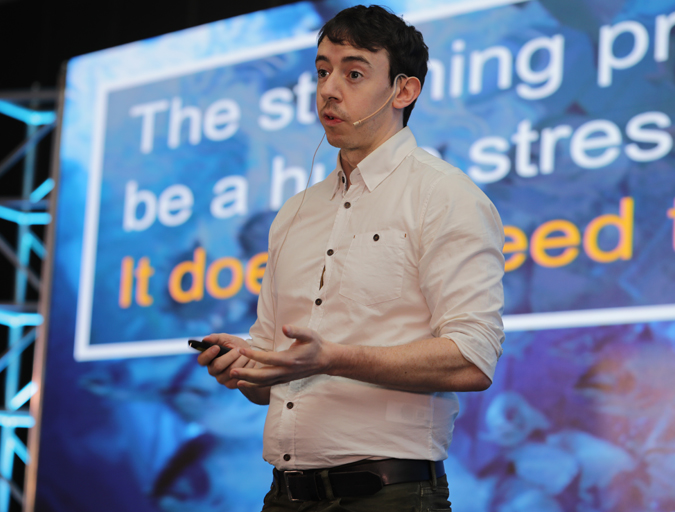
2019
Mike Forbes, Ace Aquatec, Scotland
Innovation: Ace Aquatec’s in-water electric stunning device is designed to slaughter fish more humanely. Its Humane Stunner Universal (HSU) is a water-filled pipe lined with electrodes and fish pumped through the pipe are immediately rendered unconscious by the electricity in the water. Each HSU is designed for its particular operating site, be it cage-side harvesting on a boat or barge, a box conveyor belt design for crustaceans, a truck or a land-based operation. The size of the device varies according to the location, with pipes that up to eight meters long to ones confined to a two- or three-meter space.
Sponsor: Preferred Freezer Services
Responsible Seafood Advocate article: Scottish company’s in-water stunning device promises a more humane slaughter
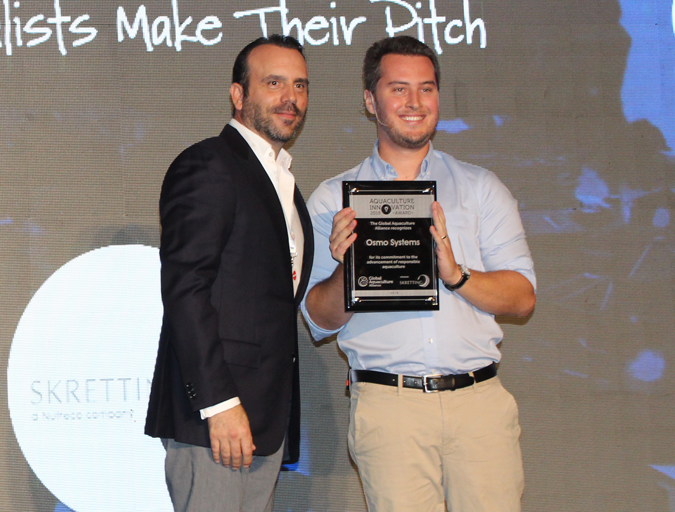
2018
Zach Stein, Osmo Systems, United States
Innovation: Osmobot is a water quality monitoring system that uses optical sensing technology to allow farmers to monitor their water quality online. The self-contained sensor system monitors water quality 24 hours a day, delivering results straight to farm managers’ smartphones. It doesn’t require any special expertise to operate, it self-calibrates, and according to the company it costs 90 percent less than any other automated monitoring systems currently on the market.
Sponsor: Skretting
Responsible Seafood Advocate article: Silicon Valley startup eyes U.S., Ecuador markets for water quality sensor ‘Osmobot’
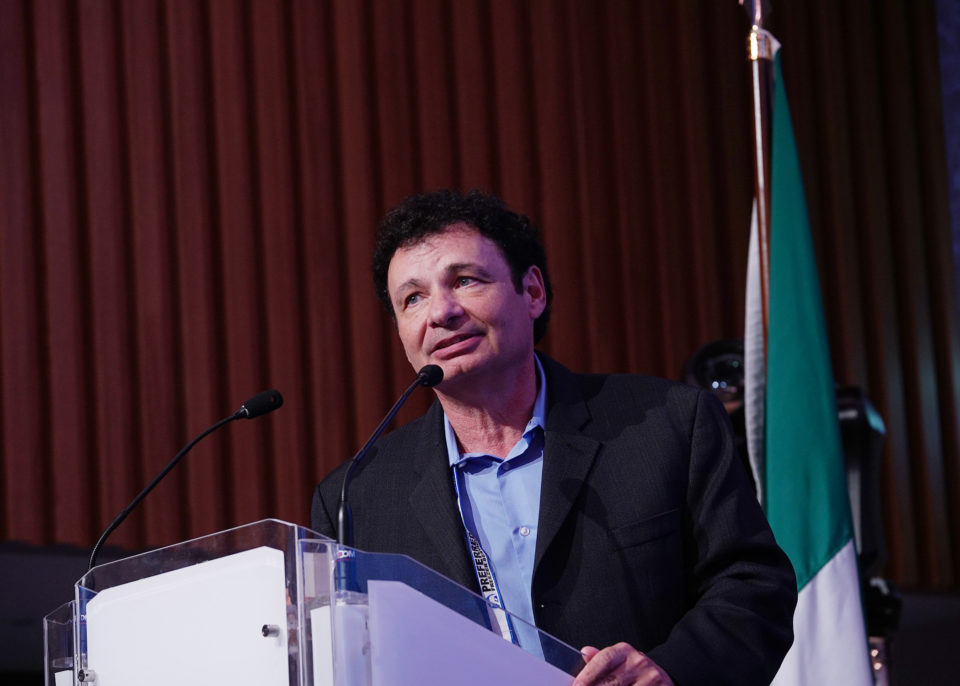
2017
Walt Rakitsky, Corbion (formerly TerraVia), United States
Innovation: TerraVia’s AlgaPrime™ DHA aquaculture feed ingredient has been manufactured at a facility in Brazil since 2014, running off the steam generated by a sugarcane mill, as part of a joint venture with Bunge Oils. The microalgae is fermented, converting sugars into oils and other ingredients. Already being used by a farmed salmon producer in Chile, AlgaPrime is a perfect complement to traditional aquaculture feed ingredients that will enrich the fish’s omega-3 fatty acid levels.
Sponsor: Preferred Freezer Services
Responsible Seafood Advocate article: Aquafeed ingredient AlgaPrime wins GSA Innovation Award
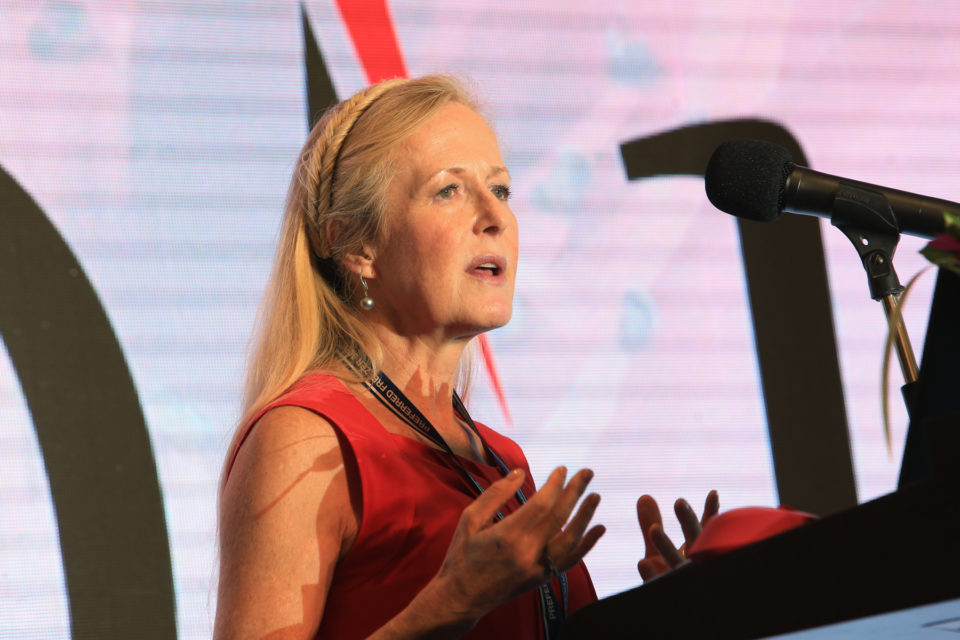
2016
Karin Pittman, University of Bergen, Norway
Innovation: Quantidoc’s mucosal mapping technology is the commercialization of Pittman’s fish biology research, which employs stereology to measure and better understand mucous on gill, gut and skin tissues — the first line of defense for fish. These tissues are crucial in the fight against aquatic diseases and parasites like sea lice, a major challenge for the salmon-farming industry. The application was submitted by Quantidoc CEO Ole Jacob Myre.
Sponsor: Preferred Freezer Services
Responsible Seafood Advocate article: Mucosal mapping architect wins aquaculture innovation award
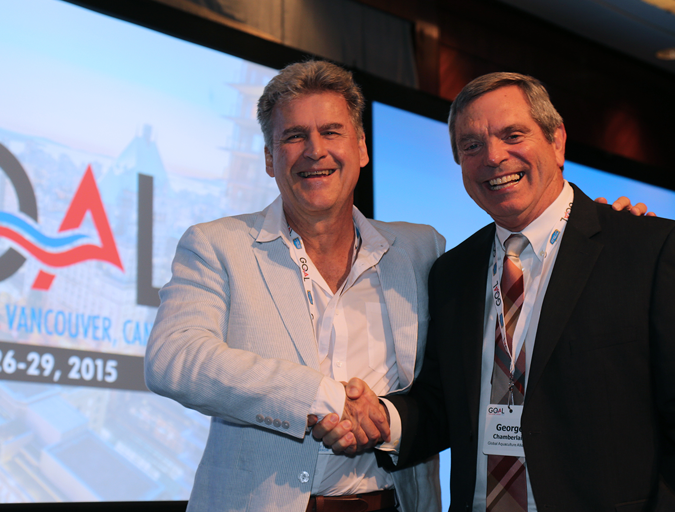
2015
Werner Jost, Camanor Produtos Marinhos Ltda., Brazil
Innovation: Camanor’s AquaScience® technology and its high-density, land-based facility in Natal, Brazil, recycles water for multiple production cycles of Pacific white shrimp while preventing environmental degradation and the use of chemicals or antibiotics.
Sponsor: Preferred Freezer Services
Responsible Seafood Advocate article: High-density shrimp producer wins innovation award
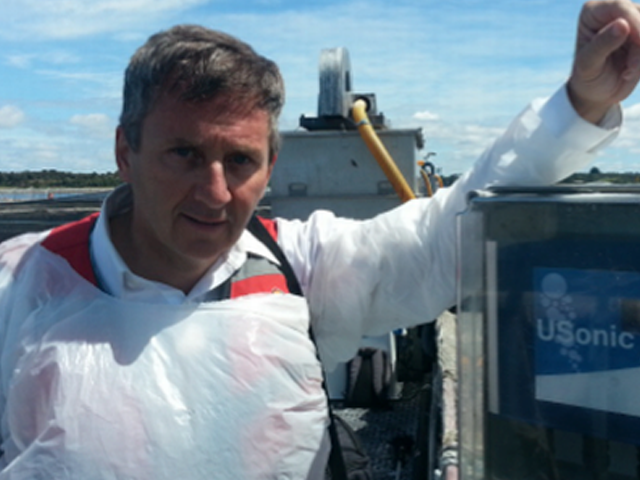
2014
Rodrigo Prado, USONIC Ltda., Chile
Innovation: USONIC’s innovation involves the use of ultrasound to control Chilean sea lice (Caligus rogercresseyi) infestations. In numerous trials, the company showed that the application of ultrasound underwater, directly in fish pens, has a lethal effect on juvenile stages of Caligus rogercresseyi. Concurrently, the application of ultrasound has no affect on salmon or marine mammals due to the low power and frequencies used—only 20 KHz per transmitter.
Sponsor: Preferred Freezer Services
GSA announcement: Chilean sea lice solution wins Global Aquaculture Innovation Award
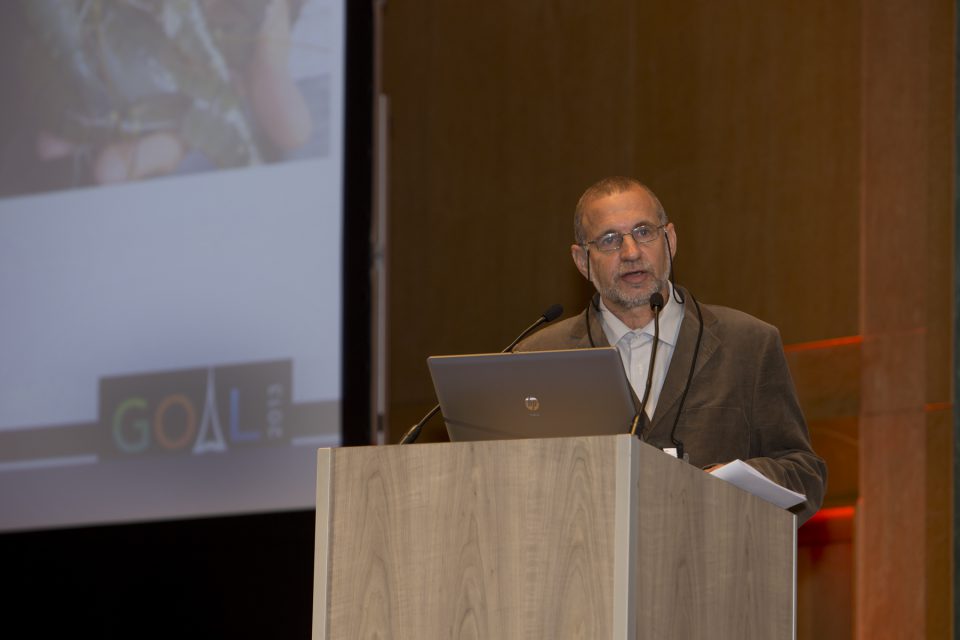
2013
Amir Sagi, Ben Gurion University, Israel
Innovation: Dr. Sagi’s innovation involves a novel biotechnology application to produce all-male populations of the giant freshwater prawn (Macrobrachium rosenbergii) through temporal RNA interference.
Sponsor: Novus International
Responsible Seafood Advocate article: Monosex culture of prawns through temporal androgenic gene silencing
